
Brent crude futures fell 28 cents, or 0.46%, to $61.01 a barrel. U.S. West Texas Intermediate (WTI) crude fell 2 cents, or 0.03%, to $57.52 a barrel. Both crudes lost more than $1 at one point during the session and closed at their lowest levels since early May 2025.
Market data shows that oil traders’ sentiment has shifted from concerns about shortages to oversupply. The structure of Brent crude futures, a key indicator of supply and demand prospects, shows that prices for early contracts are now lower than those for later delivery, creating a situation called contango. This encourages traders to stockpile oil to sell later when supplies are expected to shrink.
Brent’s contango spread – which reappeared on October 16, after a brief lapse in May – has now widened to its highest level since December 2023.
“Oversupply concerns are hanging over the market, especially as we look out into 2026. We’re going to see increased demand for oil on ships and in domestic storage. This is a clear bearish trend that the market hasn’t seen in a long time,” said John Kilduff, partner at Again Capital.
Last week, both Brent and WTI fell more than 2%, marking the third consecutive weekly decline, partly due to the International Energy Agency's (IEA) forecast that the supply glut could widen by 2026.
So far this year, the two major oil benchmarks have largely remained in an inverse position – known as backwardation – where spot prices are higher than futures prices. This reflects tight short-term supplies and solid demand.
Meanwhile, the number of US oil rigs rose again after three consecutive weeks of declines, according to Baker Hughes data. In the short term, analysts at Gelber and Associates said the market is entering a period of weak demand due to refinery maintenance, lower product margins and cautious sentiment ahead of weekly US inventory data.
The world’s two largest oil-consuming economies – the United States and China – have reignited their trade war, imposing additional port fees on cargo ships traveling between the two countries. These tit-for-tat measures could disrupt global shipping flows.
Last week, the Director-General of the World Trade Organization (WTO) called on the United States and China to de-escalate tensions, warning that decoupling between the two largest economies could reduce global economic output by up to 7% in the long term.
One factor that has helped limit the decline in oil prices is the news that a US business association – including major corporations such as Oracle, Amazon and Exxon Mobil – is calling on the Trump administration to suspend a regulation that is said to have disrupted billions of dollars in US exports and could force China and many other countries to cut US companies out of their supply chains.
On October 19, Mr. Trump reiterated that the United States will maintain “massive tariffs” on India unless the country stops buying Russian oil.
Source: https://baotintuc.vn/thi-truong-tien-te/gia-dau-roi-xuong-muc-thap-nhat-ke-tu-dau-thang-52025-20251021074205527.htm



![[Photo] National Assembly Chairman Tran Thanh Man holds talks with Hungarian National Assembly Chairman Kover Laszlo](https://vphoto.vietnam.vn/thumb/1200x675/vietnam/resource/IMAGE/2025/10/20/1760952711347_ndo_br_bnd-1603-jpg.webp)


![[Photo] Chairman of the Hungarian Parliament visits President Ho Chi Minh's Mausoleum](https://vphoto.vietnam.vn/thumb/1200x675/vietnam/resource/IMAGE/2025/10/20/1760941009023_ndo_br_hungary-jpg.webp)
![[Photo] Prime Minister Pham Minh Chinh meets with Speaker of the Hungarian National Assembly Kover Laszlo](https://vphoto.vietnam.vn/thumb/1200x675/vietnam/resource/IMAGE/2025/10/20/1760970413415_dsc-8111-jpg.webp)
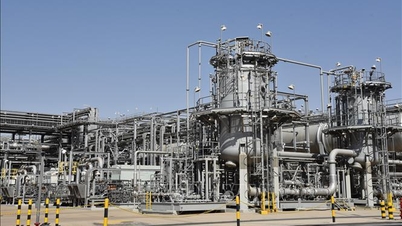


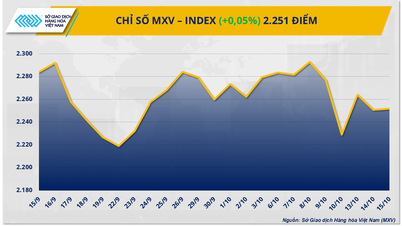


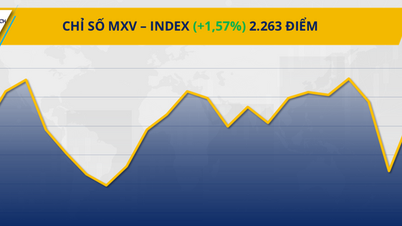

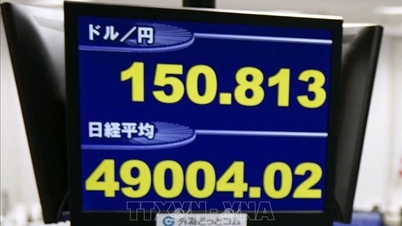


























































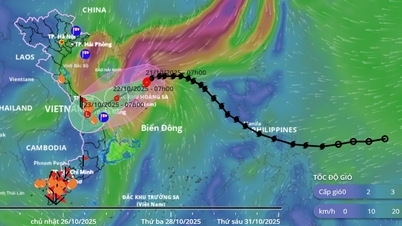



































Comment (0)